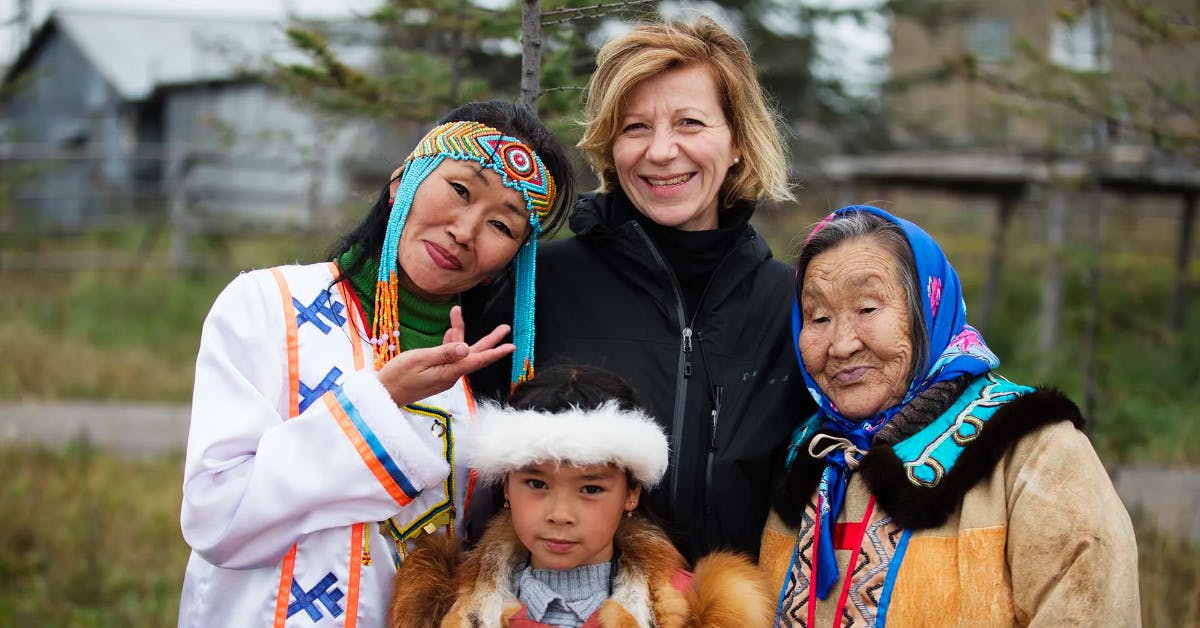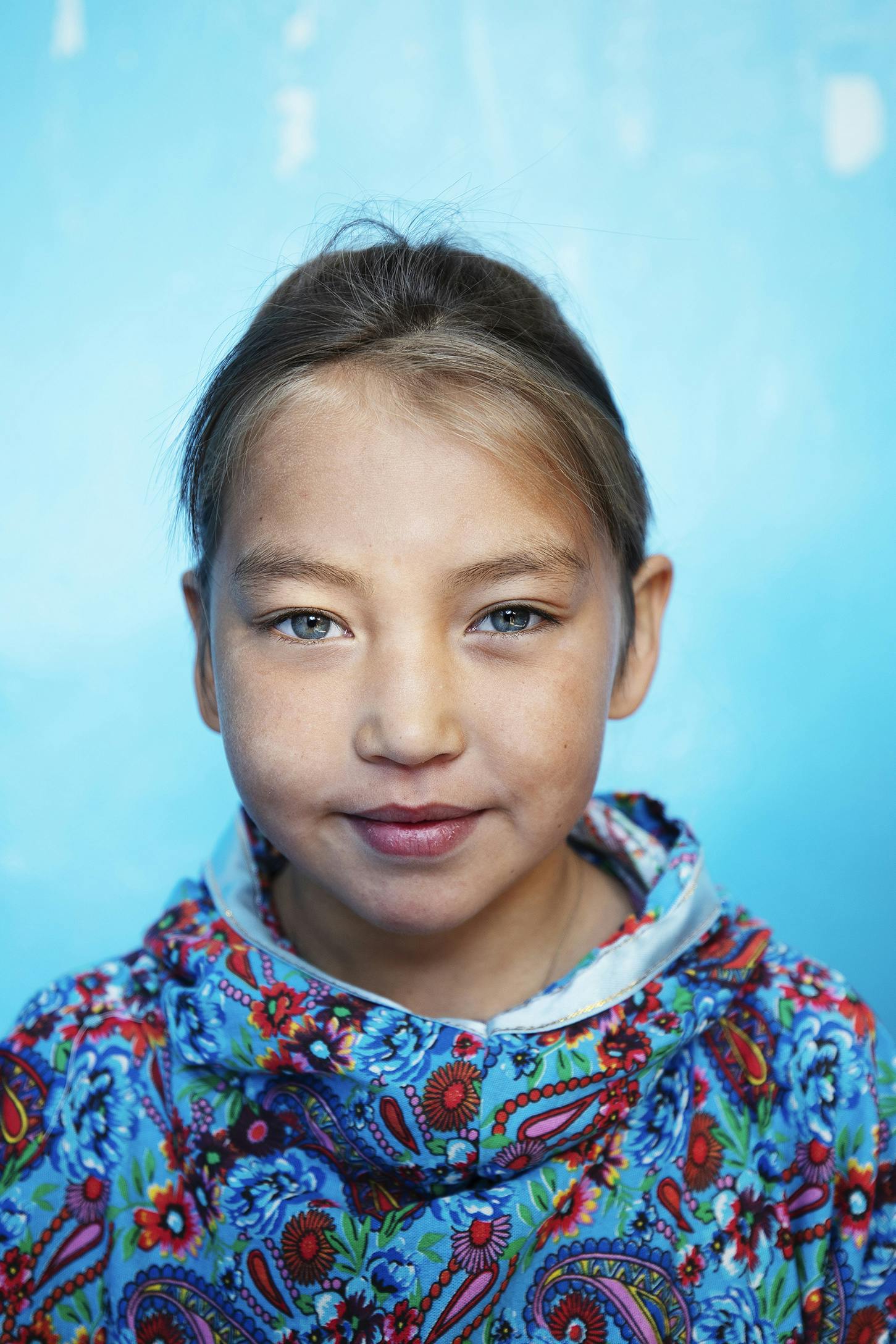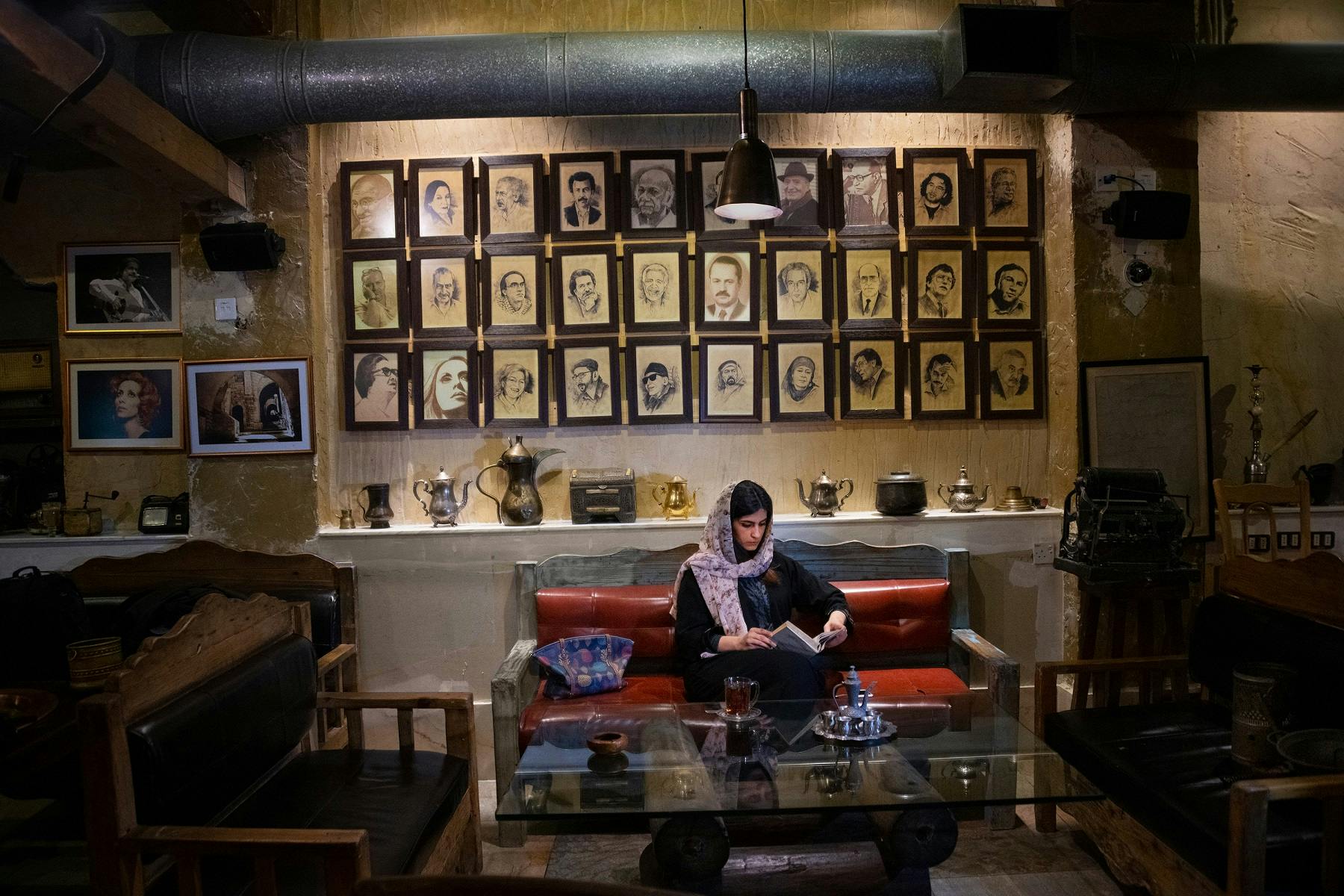The History of Reindeer Herding and the Eveny People
In the beginning, there was only the sea. One day, a maiden came down from heaven to the water. She was riding on an eight-legged reindeer, and tufts of reindeer fur that scattered on the surface of the sea became a raft. The reindeer gave their body to become earth, mountains and forests. The lice from their fur became wild reindeer roaming the landscape. The reindeer’s heart became a hero, and their lungs became a boy and a girl. So says one Eveny legend, recounted by Semyon Egorovich Dyachkov and recorded by professor Vasily Afanasievich Robbeck in 1978.

An indispensable resource
Reindeer are vital to the survival of the Eveny, or Even (singular), people — an indigenous ethnic minority living in northeastern Siberia and the Russian Far East. There are about 20,000 Eveny, and they are close cousins of the more well-known and numerous Evenki people. Both are part of the Tungus group of people and languages, according to the 2015 paper “Casting Timeshadows” by anthropologists Piers Vitebsky and Anatoly Alekseyev. Vitebsky studied and lived with the Eveny for more than 20 years, and Alekseyev is an Eveny reindeer herder turned anthropologist.
The region inhabited by the Eveny people, which straddles the Arctic Circle, is incredibly beautiful, but extremely remote. And with winter temperatures dropping down to 70 degrees Fahrenheit below zero (56 degrees below in Celsius), only Antarctica is colder. There are few roads — the Trans-Siberian railway runs hundreds of miles south.
The Eveny have long survived these conditions in close symbiosis with reindeer. “Reindeer were the basis of the Eveny economy,” says Dmitri Banin, a Silversea expedition expert who has chatted and traded with the Eveny before reindeer excursions. “Most of the Eveny reared reindeer and hunted. Some Eveny had reindeer pastures in the areas of the Kolyma, the Omolon and the Indigirka rivers.”

Vital reindeer
There are thought to be over a million wild reindeer, called “buyun,” living in Russia, which are not herded but sometimes hunted. Another million are semi-domesticated “oron,” coexisting with indigenous groups that shadow their migration across the land to survive. And then there are the domesticated reindeer, or “uchakh,” that have been trained to be ridden and harnessed to sleighs. These companion animals act as the bridge between humans and the more wild reindeer.
In his book, “Reindeer People,” Vitebsky writes, “Apart from mining, there is no way that humans can make a living on this landscape except in partnership with the reindeer, and they cannot live with the reindeer except by following their perpetual migration.” The nomadic Eveny depend on reindeer for food, like meat and milk. Their clothing relies on the reindeer’s hide and fur, perfectly adapted to the Arctic temperatures with a double layer of hair, the fine undercoat covered with a coarse layer of hollow hairs that insulate and trap warmth.
In a harsh landscape where there may not be another person for a hundred miles or more, where there are few settlements and supplies, finding fuel for vehicles is not a given even if roads exist. Consequently, the Eveny depend on reindeer for transportation. The slight build of the Eveny allows herders to ride on “uchakhs,” which weigh about one-third that of a horse, and they have designed harnesses and sleighs to carry gear across the frozen tundra and the subpolar taiga.

Adaptation and modernization
Some Eveny became semi-settled and work in fishing and hunting sea mammals, says Banin. With the arrival of the Russians, they hunted sables, foxes and squirrels which accounted for up to 90 percent of their income. “Collectivization in the 1930s was destructive for the Eveny traditional social structure, including the nomadic lifestyle,” says Banin. “Many nomadic Eveny settled down, joined collective farms called “kolkhozes” and occupied themselves in cattle-breeding and agriculture. Permanent settlements were formed.”
Today, many people live in wooden houses. But some Eveny still maintain large herds of reindeer of up to 2,000 animals. They spend part of the year in tents on the land, traveling with the reindeer as they move into the high mountain pastures during summer to graze and fatten. During the bitter winter, the herders retreat to winter huts in the shelter of the valleys while the reindeer survive on lichens. Back in the villages, even the people who don’t participate in herding still depend on the reindeer economy for trading meat and fur and selling antlers for Korean and Chinese medicine.
While some traditional aspects survive through language and mythology, others fade. “Ethnic tourism and interest in Eveny culture can slow down or partially reverse this process by conserving traditions that could be shown to visitors,” says Banin. Although there has been a loss of traditional culture — many young people have never even been to a reindeer camp — the language still lives. “The Eveny language is taught in preschool and primary school, together with Russian,” says Banin. “Only 19.9 percent consider Russian their native language. Eveny is used as an oral language for communication between reindeer herding brigades.”
Vitebsky notes in his book that one Eveny scholar has compiled 1,500 different words that refer to reindeer. For example, a “berne” is a reindeer that keeps getting lost and is vulnerable to wolves, and a “holimangan” is a salt-loving reindeer who will come to lick an offering of a handful of salt. This richness of language demonstrates how important reindeer are to the Eveny people, and how crucial they have been not only to a way of life but to life itself.

Into ethno-tourism? Learn more about these eight mysteries of our world.



















